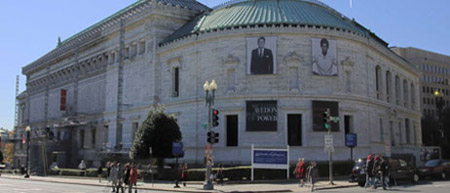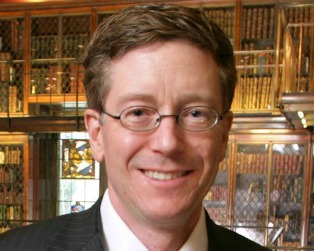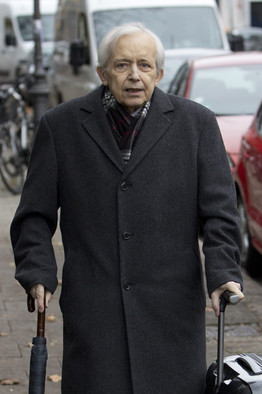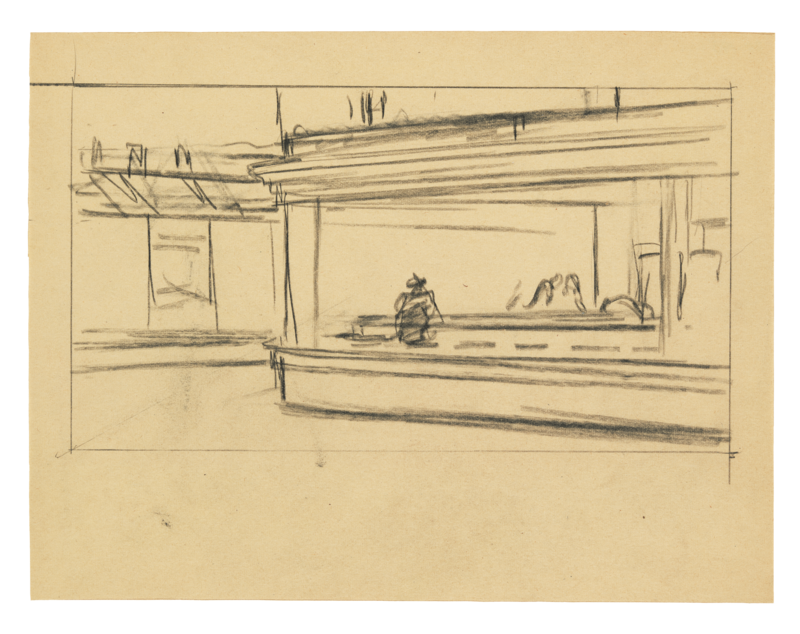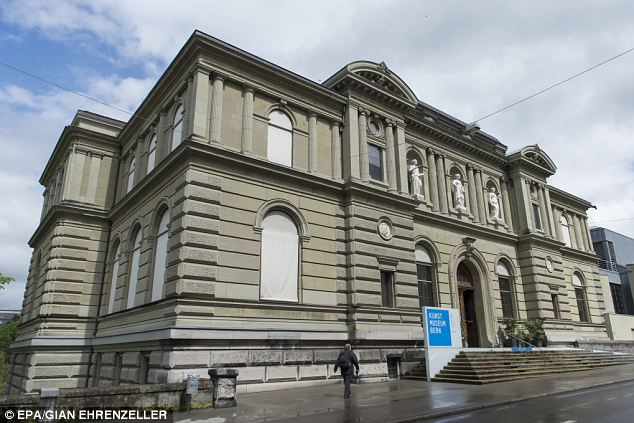 After I wrote my previous post about the recent details of the deal dismantling the Corcoran Gallery of Art, I received more disturbing news from Jayme McLellan, Â of Save the Corcoran, and a former Corcoran College of Art and Design professor. They need no introduction — I’ll just list them, verbatim. McLellan (at right) says:
After I wrote my previous post about the recent details of the deal dismantling the Corcoran Gallery of Art, I received more disturbing news from Jayme McLellan, Â of Save the Corcoran, and a former Corcoran College of Art and Design professor. They need no introduction — I’ll just list them, verbatim. McLellan (at right) says:
- All staff, including curatorial, except faculty were given 90 day notices on Monday.
- As of Aug. 16th, the Corcoran will have no employees but programming runs until Oct.
- Lauren Garcia, (Corcoran COO and Harry Hopper’s next door neighbor  – hired w/no prior museum experience) told staff not to put anything negative on social media because they were being watched. “Stay professional, we are watching you and you might not get hired by GW or NGA if you are negative.” ….
- NGA will not issue contracts to the curatorial staff until Cy Pres [court approval] happens.
- And David Julyan, Corcoran Chief Counsel, gets paid by the hour.
I did not attempt to verify this with the Corcoran staff. In the past, Save the Corcoran had pretty good information.

